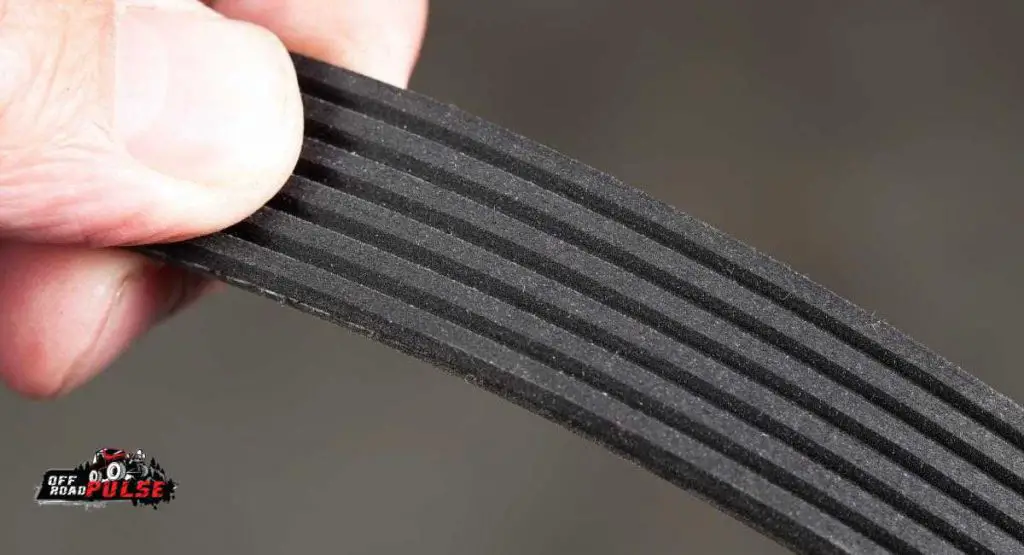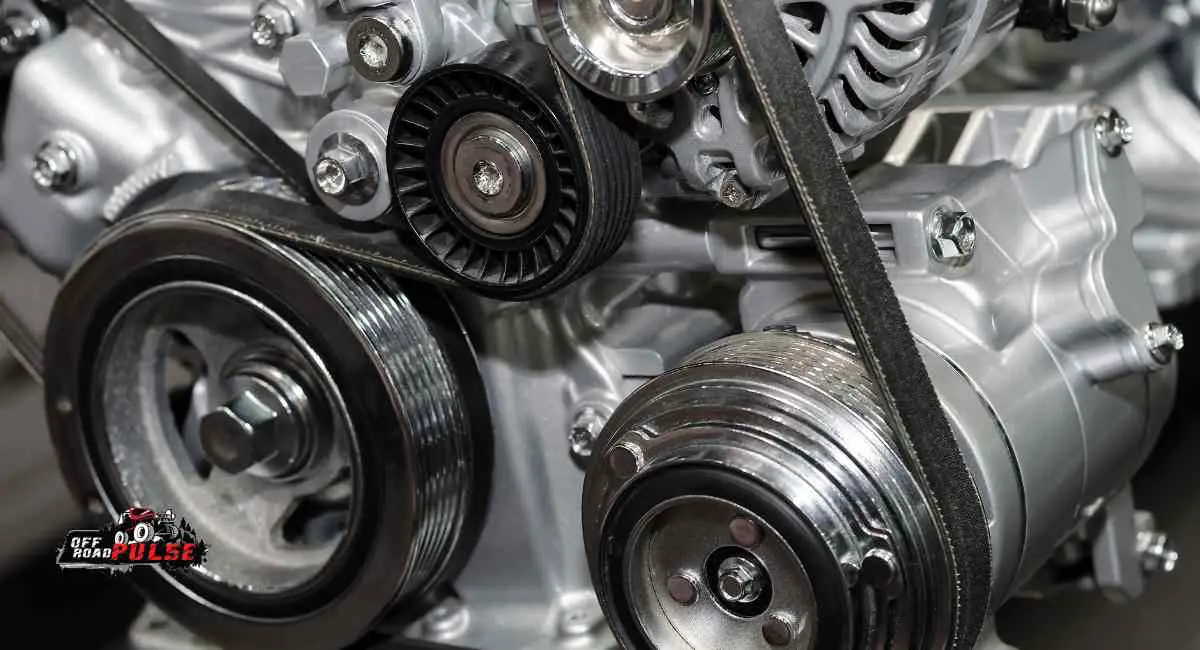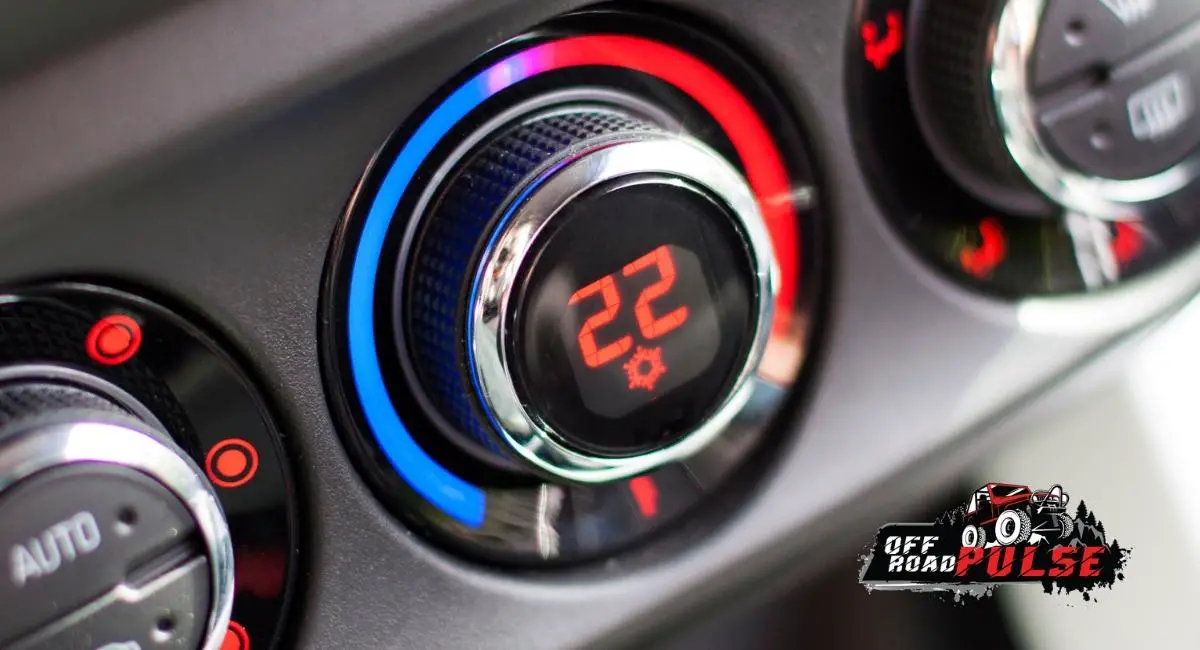The serpentine belt is one of the car’s accessory belts that help the engine to work effectively. Generally, the belt is made up of a long rubber whose primary function is to transmit power from the engine to various engine accessories, including the alternator, air conditioning compressor, water pump, etc.
To achieve this, the serpentine belt employs a tensioner and pulley system, which allows it to rotate continually when the engine is running. Ideally, this interaction generates the power needed to run different engine accessories.
However, the physical appearance and tightness of the belt have a significant impact on its effectiveness. So just how tight should serpentine belt be? And how tight should a serpentine belt be on a Jeep Cherokee?
We come across these kinds of questions now and then from drivers of all walks of life. Luckily, this article offers a detailed explanation of how tight a serpentine belt should be for optimal vehicle operation and to keep the annoying squeaking noise at bay.
Before we answer this question, it is critical to understand how to inspect the serpentine to determine the level of tightness. Let’s get started!

How to Check Serpentine Belt
Before you attempt anything, you may want to don your protective wear, including eye protection and gloves. Now, to locate the serpentine belt, you’ll first need to find a way of accessing the hood of your car. Depending on your vehicle, you can achieve this using the hood release mechanism of your specific vehicle.
Once you’ve opened the hood, the first thing you’ll need to do is to disconnect the battery. At this point, you may also want to release the car’s safety latch before you embark on any automotive work. The next thing you’ll need to do is to locate the serpentine belt to ensure you’re working on the correct drive belt.
In most vehicles, the serpentine belt is installed on one side of the engine, but the exact location will vary from one model to the other. If you are unable to locate the serpentine belt, you can always consult the service manual to help you identify the belt.
Once you positively identified the serpentine belt, you may want to do a visual inspection even before you check its tightness. Ideally, a visual inspection will help you check for symptoms of wear and tear, including visible cracks across the belt and any other signs of damage.
If your belt appears to be coming apart or completely frayed, then you’ll need a replacement. You may also want to check and repair anything that might be unnecessarily rubbing the belt thereby causing damage to it.

How Tight Should a Serpentine Belt Be?
As we earlier mentioned, the most obvious sign that your serpentine belt is not tight is the presence of irritating squeaking noise. The noise may range from a barely noticeable squeaking under the hood to a high-pitched, earth-shaking squeal. Regardless of the nature of the noise, a loose belt is something you’ll need to address as soon as possible to avoid damaging any component attached to it.
However, it is critical to highlight that the squeaking noise is always a sign of a loose belt. Other reasons that may be behind the disturbance include normal wear and tear and a couple of other maintenance issues. For instance, your belt might produce some noise if it becomes wet, but the noise should stop once the problem is solved.
How to Check Belt Tension
To determine how tight or loose a serpentine belt should be, you’ll first need to learn how to measure belt tension. You can achieve this by placing a ruler on one stretch (preferably the longest one) of the serpentine belt.
Push down the belt and observe how far it will go. Under ordinary circumstances, your belt should not exceed a ½ of an inch once pressed down. If you can press the belt and it goes down beyond this, it means the belt is loose and needs readjustment.
NB: Different manufacturers may have variations when it comes to the recommended deflection of the serpentine belt. As such, always ensure to consult your service manual for specific specifications.
Tightening the serpentine belt is a relatively complex project, but it’s manageable provided you’ve handled the belt tensioner before. Generally, the serpentine belt uses the tensioner to apply constant pressure to the belt whenever the engine is running.
This is the part you use to either tighten or loosen the belt. Depending on your specific application, the tensioner may be fitted with either an automatic pulley or a movable bracket that helps to apply and release pressure as needed.
The automatic tensioner, just as the name suggests, automatically adjusts the belt tension depending on your application needs. On the other hand, some vehicles use manual adjustment screws that allow you to apply or release pressure accordingly.
To tighten the belt, you’ll only need to turn the adjustment screws in a clockwise direction and, in the process, apply some tension. In some applications, it is quite possible to apply tension using bare hands, but in most cases, you’ll need to get a socket wrench to help you tighten the nuts.
Remember, you might need to do the readjustments several times before you attain the desired level of tightness. At this point, you can start the engine and observe if the problem is fixed. If you can still hear noise coming from the belt, it means you still need to readjust the belt tension until you achieve the required tension.
On the other hand, if you notice any abnormality with any of the accessories, you may want to check if the serpentine belt is too tight, thereby interfering with constant power transfer. In addition, if the belt is extremely tight, it can potentially damage your components.
One of the most common signs of a belt that’s too tight is a whining sound coming from the car’s alternator. To counter this, you’ll need to turn the same adjustment screws in an anticlockwise direction to help loosen the belt. You’ll also need to recheck the tension to ensure it is within the recommended operating range.
Important Tip: Ensure that your serpentine belt is in optimal condition before you attempt any tightening task. Make sure to check for any visible wear and tear, cracks, oil smudges, etc. If you establish that the belt has irreversible damage, then you may not have any other choice but to replace it.
Conclusion
The serpentine belt plays a critical role in your car’s normal operations, and as such, it is important to check its tension regularly and readjust as needed. Ideally, if the belt becomes too loose, your engine accessories will not function as expected. The simple solution to this problem is ensuring that the belt is tight at all times.
Also Read: Jeep Wrangler Wrap Ideas | Revamp Your Ride
You may also want to ensure that it is not damaged or held up between the wheels or pulleys. What’s more, checking the belt regularly will help you identify any other problem early enough, thereby allowing you to fix it before it blows out of proportion. This will also help ensure that you don’t get stranded in the middle of nowhere when your belt breaks or comes off unexpectedly.




